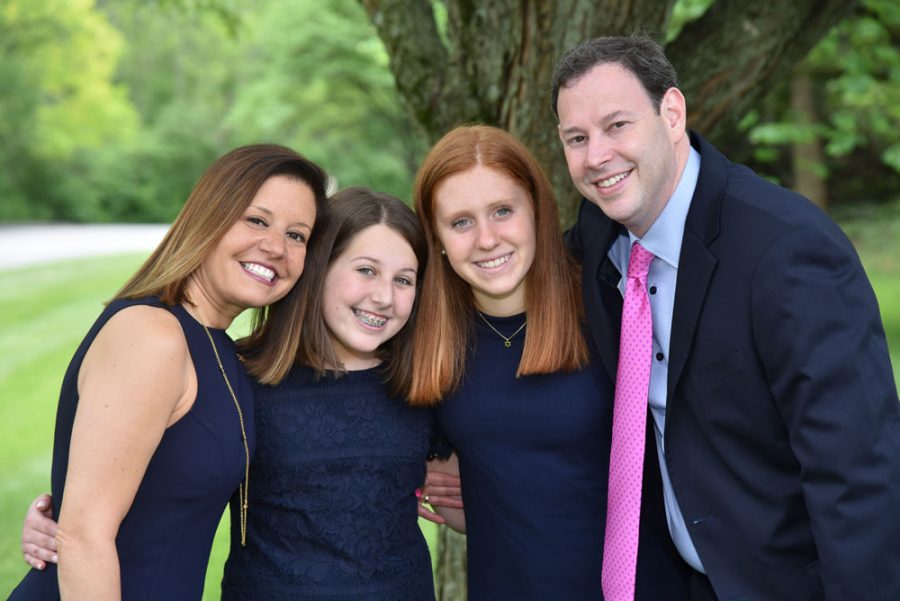‘Incident command’ responds to emergencies
Published May 22, 2020
A typical day for Dr. Michael Klevens starts about 6:30 or 7 a.m., when he checks in with the emergency departments at St. Luke’s Hospital in Chesterfield and St. Luke’s Des Peres Hospital to see how the previous night went.
After consulting with the nurse manager, Klevens joins “incident command,” a structure St. Luke’s sets up for emergency situations such as COVID-19, the disease caused by the coronavirus. Incident command involves meetings that include the chief nursing officer, chief operating officer and senior directors of nursing.
Klevens is medical director for emergency services at both hospitals. He also is the associate chief medical information officer. While he treats COVID patients, his main responsibilities during the pandemic are administrative, fielding questions and helping to solve a myriad of issues that come up.
ADVERTISEMENT
“Incident command was set up not only to take care of patients clinically but also to take care of our hospital in terms of supply chain, meaning what supplies did we need, what were we concerned about,” said Klevens, 50, who is married with two daughters and attends United Hebrew Congregation. “Some of that obviously was the PPE (personal protection equipment), hearing stories from our sister and brother hospitals on both coasts that were getting crushed.
“We took a very conservative approach and made sure we dealt with our nurses and physicians to make sure they had the proper PPE at all times. We leaned on our supply chain colleagues to get us that. We have never had a shortage where a colleague had to go without PPE.”
Klevens said all incident command meetings start off with a positive anecdote. It might be about a COVID patient improving or something good that happened to an employee. The best is when there is a “code celebration” and a COVID patient is discharged, often to the tune of “Celebration,” by Kool & the Gang, with hospital staff cheering and clapping.
ADVERTISEMENT
“One that stands out is a recently discharged police officer,” Klevens said. “He came into the emergency department as an acute heart attack, and we took him directly to the cath lab. His life was saved from the emergency department just because of his heart attack alone.
“The remaining part of his illness was COVID. He spent a long time in our hospital on a heart-lung machine called ECMO (extracorporeal membrane oxygenation, which is used to oxygenate a patient’s blood when his lungs are not able). He was a young man who would have died from his heart attack had the emergency department and cardiology staff not done their immediate duties, and then our partners – we’re a tertiary hospital, so we hand off care to the top-notch people in each division – they took the ball and helped continue his care along.
“To watch him come out in a wheelchair and then, instead of getting into his car with help, he stood up and made sure he walked the remaining steps was really neat.”
Also impressive, Klevens said, is how the hospitals’ nursing staff has doubled as proxy for family of COVID patients who aren’t allowed visitors for safety reasons.
“This is one of those things they grabbed on to and became temporary family members,” he said. “My appreciation for nurses has gone up tremendously.”
Klevens said his appreciation for his own family has also intensified. He says coming home after a stressful day to his supportive wife and daughters helps enormously.
“My family ate dinner out four times a week prior to this,” he said. “Now, we are together as a family seven nights a week. We’ve only done takeout three times. We’ve cooked meals together and are a stronger family unit than we were before.”















